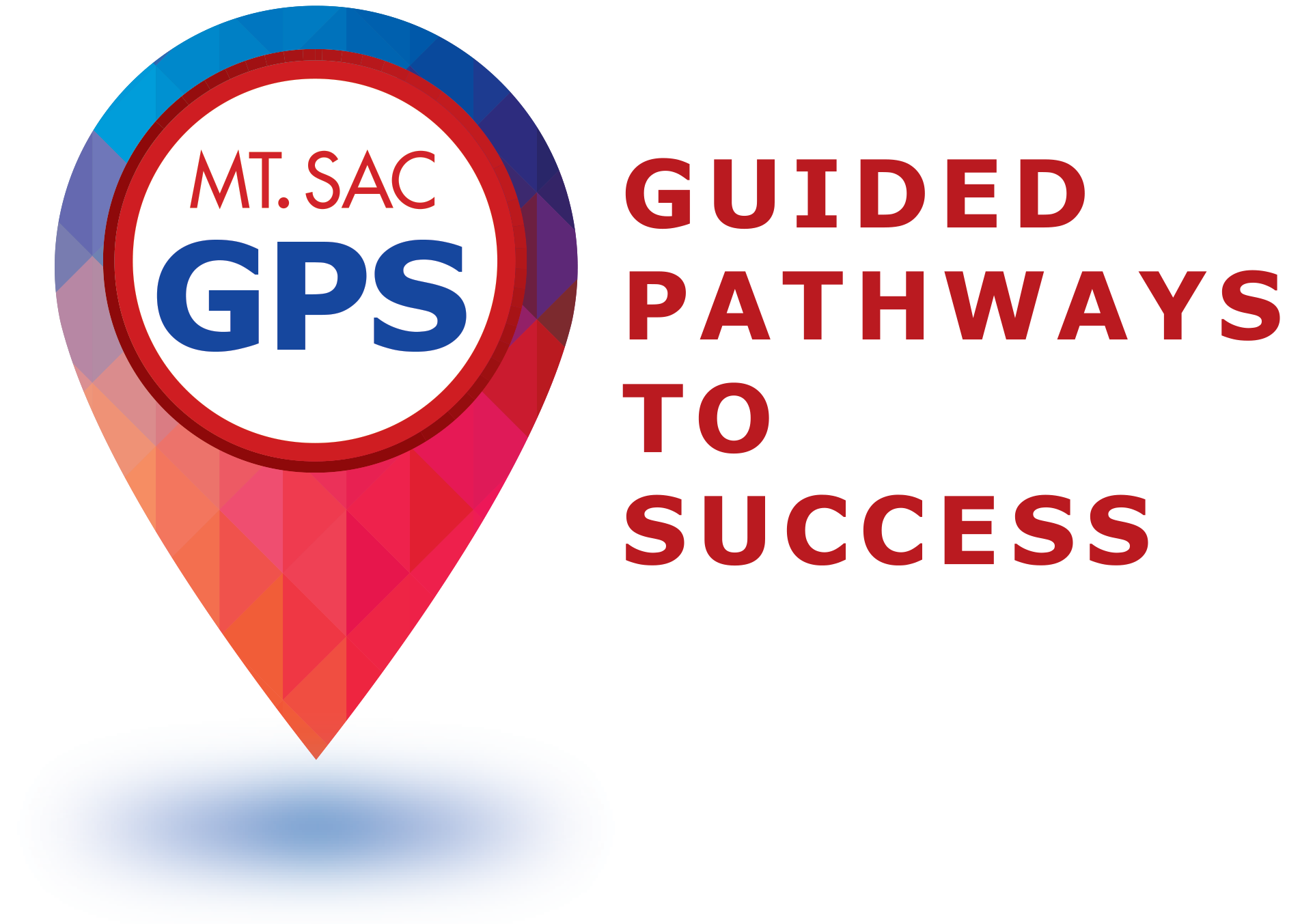Child Development - Level III (Certificate N0655)
Business Division
Certificate N0655
The Child Development Level III certificate increases skills in planning for children by focusing on different areas of curriculum. With 175 days of experience and the completion of 16 specific G.E. Units in Areas A, B, C and D, this certificate meets the Title 5 education requirements for a fully qualified teacher.
Required Courses
| Course Prefix | Course Name | Units |
|---|---|---|
| Completion of the Child Development - Level I coursework | 12 | |
| PLUS | ||
| Completion of the Child Development - Level II coursework | 6 | |
| PLUS | ||
| Completion of the Child Development - Level III coursework | 6 | |
| Total Units | 24 | |
| Course Prefix | Course Name | Units |
|---|---|---|
| Child Development - Level I Coursework | ||
| CHLD 1 | Child, Family, School and Community | 3 |
| CHLD 5 | Principles and Practices in Child Development Programs 1 | 3 |
| CHLD 6 | Introduction to Child Development Curriculum 1 | 3 |
| CHLD 11 | Child and Adolescent Development 1 | 3 |
| Total Units | 12 | |
| Course Prefix | Course Name | Units |
|---|---|---|
| Child Development - Level II Coursework | ||
| CHLD 50 | Teaching in a Diverse Society | 3 |
| CHLD 64 | Health, Safety, and Nutrition of Children | 3 |
| Total Units | 6 | |
| Course Prefix | Course Name | Units |
|---|---|---|
| Child Development - Level III Coursework | ||
| Choose two courses from the following: | 6 | |
| Early Literacy in Child Development | ||
| Language Arts and Art Media for Young Children | ||
| Music and Motor Development for Young Children | ||
| Math and Science for Young Children | ||
| Introduction to Children With Special Needs 1 | ||
| Infant and Toddler Development 1 | ||
| Guidance and Discipline in Child Development Settings | ||
| Total Units | 6 | |
- 1
Documentation of tuberculosis (TB) clearance is required.
Program Learning Outcomes
Upon successful completion of this program, a student will:
- Understand and use a wide array of developmentally appropriate approaches, instructional strategies, and tools to connect with children and families and positively influence each child's development and learning.
- Be able to evaluate Early care and Education Program regulations, standards, and policies according to Title 22 California.
- Be grounded in Child Development knowledge (theory) and use their understanding of young children and their needs to create environments that are healthy, respectful, supportive, and challenging for each child.
- Understand that child observation, documentation and other forms of assessment are central to the practices of all early childhood professionals. Students use systematic observations, documentation, and other effective assessment strategies to positively influence the development of every child.
- Understand that successful programs depend upon partnerships with children's families and communities. They use this understanding to create respectful, reciprocal relationship that support and empower families and to involve all families in their children's development and learning.
- Understand the importance of developmental domains and academic content areas. Students use their knowledge and other resources to design, implement, and evaluate meaningful curriculum.
- Be able to identify and conduct themselves as members of the early childhood profession. They know ethical guidelines and other professional standards related to early childhood education. They are life-long, collaborative learners who continue to broaden their knowledge and skills, remain informed about child development issues, and are informed advocates for sound educational practices and policies.
- Be able to apply effective guidance and interaction strategies that support all children's social learning, identity, and self-confidence.
Review Student Learning Outcomes (SLOs) for this program.
Looking for guidance? A counselor can help. This Guided Pathways for Success (GPS) is a suggested sequence of coursework needed for program completion. It is not an official educational plan. Schedule an appointment with a counselor or advisor as soon as possible to create an individualized Mountie Academic Plan (MAP) specific to your goals and needs.
This Guided Pathways for Success (GPS) is a suggested sequence of coursework needed for program completion. It is not an official educational plan. Schedule an appointment with a counselor or advisor as soon as possible to create an individualized Mountie Academic Plan (MAP) specific to your goals and needs.
| Fall Term 1 | Units | |
|---|---|---|
| CHLD 5 | Principles and Practices in Child Development Programs | 3 |
| CHLD 6 | Introduction to Child Development Curriculum | 3 |
| CHLD 11 | Child and Adolescent Development | 3 |
| Advisory: ENGL 1A or AMLA 1A or ENGL 1AM 1 | ||
| Units | 9 | |
| Winter Term 1 | ||
| CHLD 50 | Teaching in a Diverse Society | 3 |
| Units | 3 | |
| Spring Term 1 | ||
| CHLD 1 | Child, Family, School and Community | 3 |
| CHLD 64 | Health, Safety, and Nutrition of Children | 3 |
| Submit petition to Admissions Records Submit petition to Admissions Records | ||
| Certificate: Child Development L1 M0663 3 | ||
| CHLD 61 OR CHLD 63 OR CHLD 68 OR CHLD 73 3 | ||
| Units | 6 | |
| Fall Term 2 | ||
| Certificate: Child Development - Level III N0655 5 | ||
| Submit petition to Admissions Records Submit petition to Admissions Records | ||
| CHLD 61 63 are not offered in the fall. 3 | ||
| CHLD 51 OR CHLD 62 OR CHLD 68 OR CHLD 73 OR CHLD 84 6 | ||
| Units | 0 | |
| Total Units | 18 | |


